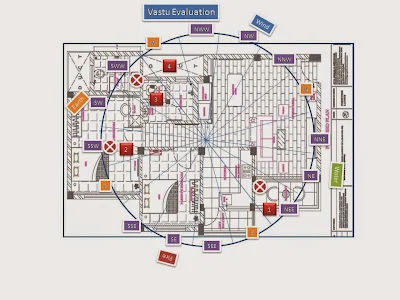Analyzing and understanding the significance of idols and symbolic items used in home décor from a vaastu perspective
(Our this article was published in DNA news paper on 11 June 2016
|
Essential Elements
|
Idols are like a symbol, something visible representing something invisible. They are not just decorative pieces made by sculptors but are guiding channels through which our heart is attracted towards the higher self.
Kubera is the god of wealth and the lord of Uttaradisha (north direction). He is also known as Dhanapati, the lord of riches. He is one of the guardians of the directions, representing the north according to Vaastu Shastra.
Annapurna is the Goddess of Nourishment, who is full, complete, and perfect with food and grains. According to Vaastu Shastra, a small brass idol of Annapurna placed in the rice jar brings abundance to prosperity in the family.
The elephant is a sacred animal for many oriental cultures and carries a great amount of symbolism. An elephant is a symbol of strength, power, virility, longevity, fidelity, dignity, intelligence and wisdom. Place a pair of elephants with their trunks up the front door of homes or offices to bring good fortune and strength to the family.
When placed in the bedroom, the elephant brings harmony and promotes love and fidelity among couples. The elephant also symbolizes fertility because Buddha is said to be conceived when he entered his mother's womb as a white elephant. Childless couples or those wishing to have more children should place elephant images in their bedroom to increase fertility.
The solar radiation that reaches earth acts as the main source of vitamin D for the sustenance of life on this planet. Without it, life on the earth would not flourish. In modern architecture, every house does not have access to morning sun rays. According to research done by Vaastu experts, being deprived of morning sun rays could result in poor health conditions.
Such Vaastu defects can be corrected by fixing a painting or symbol of the sun on the east wall of the house or business locations.
The Medicine Buddha is depicted sitting on a lotus throne (the lotus flower is the symbol of purity of mind and of the earth) in the posture of vajrasana (also known as the diamond position, which was assumed by Buddha Shakyamuni on the last day before his enlightenment). With his left hand, he forms the gesture of absolute balance.
The gesture signifies the state in which objective consciousness is removed. The gesture was assumed by the Buddha as he sat under a fig tree where he submerged himself in meditation and it helped him reach a state of deep reflection. The left-hand forms the gesture of comfort and fearlessness, which signifies blessing and protection.
Meditating with a medicine Buddha creates great therapeutic energy, which is useful for healing oneself and others.
As the king of the animal world, the lion stands for battle and power. In western culture, the lion stands for fire, the sun, and gold. When kings and people of authority wanted to display their wealth, power, and prestige to the outside world, they would place sculptures of lions at the entrances to their houses or in the palace garden. The Lions informed everybody entering that this was the residence of an important person who demanded respect.
In many ancient cultures, the lion is a symbol of protection for the entrance to a building. The lion pair always stands outside the front door to protect against bad luck entering the house. At many places, entrance gates that are guarded by lions are also called lion gates.
Shankha or conch shell with images of Lord Ganesha is believed to ward off all negativities and bring harmony and auspiciousness to the home. The presence of Lord Ganesha paves the way for Riddhi and Siddhi.
Nitien Parmar Vaastu Expert

























